Every home inspection is different and so each inspection has their own unique defects, but there are just a couple of ones that are always there, waiting to be discovered and then forgotten. Maybe that’s why they are so common in the first place and that is my theory. I enjoy what I do and I’m always happy to teach homebuyers about their impact. The thing is, I really wish these defects would be taking care of as soon as possible. Anyhow, if you are looking to buy your first home, you should get ahead of the game and learn these common defects.
S-traps
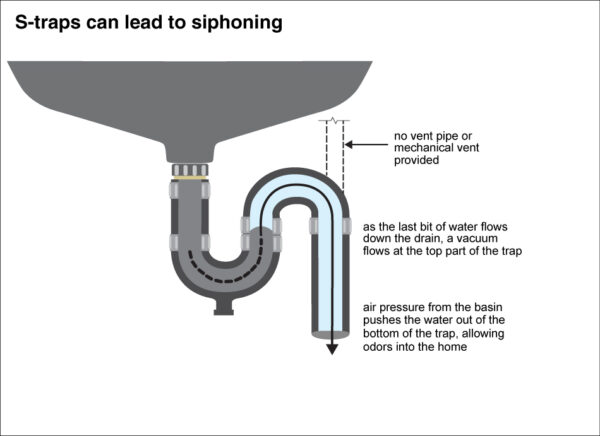 This type of installation allows sewer gases to flow indoors, and this creates an unhealthy condition you don’t want to be breathing. S-traps are likely more problematic in bathrooms.
This type of installation allows sewer gases to flow indoors, and this creates an unhealthy condition you don’t want to be breathing. S-traps are likely more problematic in bathrooms.
Improperly secured kitchen cabinets
Cabinet screws, which are usually identified by a square head shape should be used only to secure kitchen cabinets. A lot of times these cabinets are secured with drywall screws which are prone to snap because they are not rated to hold a lot of weight.
Missing stair handrails
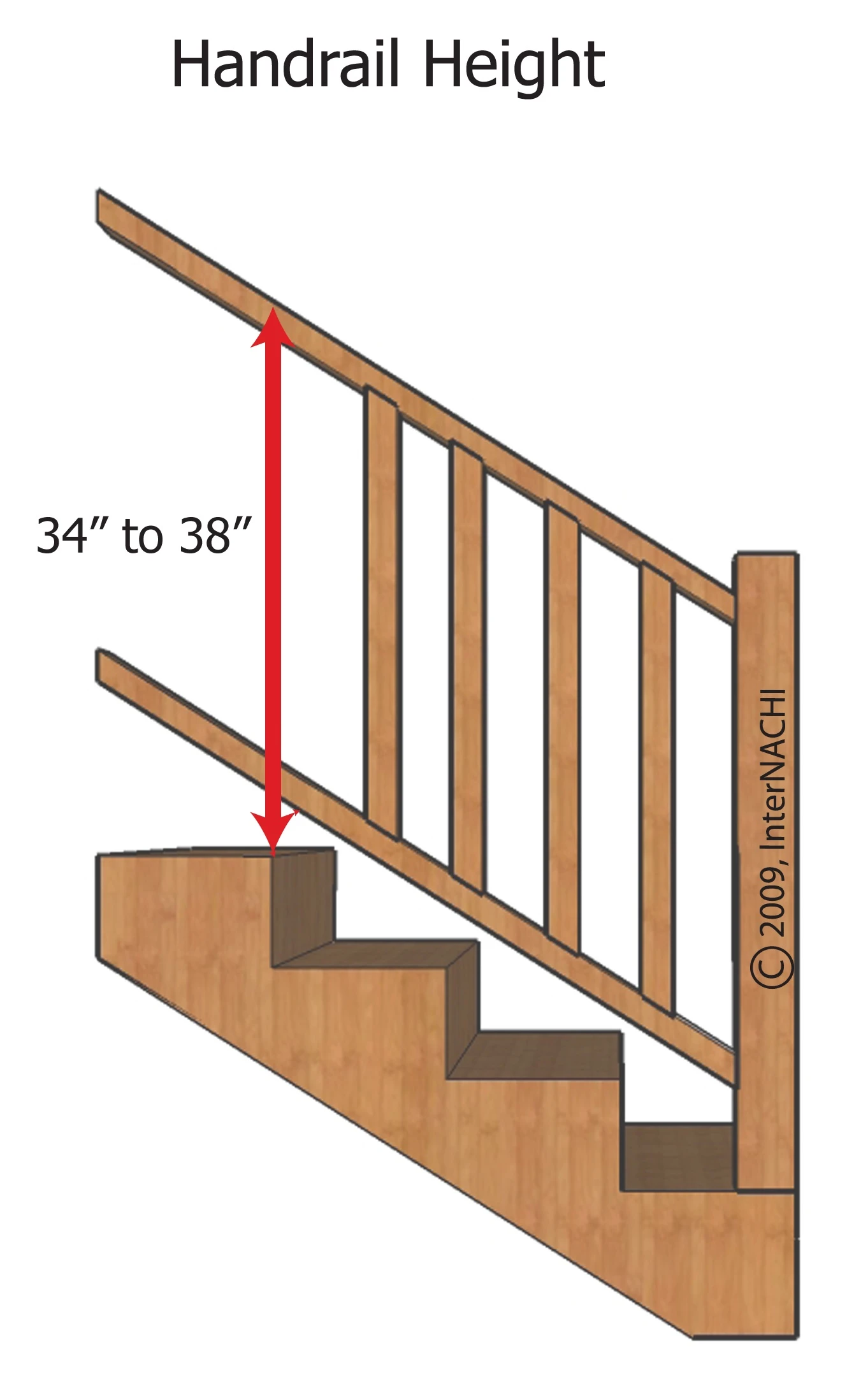 Even if it’s a stair with three steps only, these should have a properly built graspable handrail installed that ensures child safety. Accidents can happen anytime and is best to know there is a way out of it.
Even if it’s a stair with three steps only, these should have a properly built graspable handrail installed that ensures child safety. Accidents can happen anytime and is best to know there is a way out of it.
Foggy windows
Be on the lookout for windows that display condensation or fogginess. Windows that present this kind of defect are likely to have broken thermal seals and such condition will result in increased energy bills. In other words, these windows are not insulating the way they should.
Short spout extensions
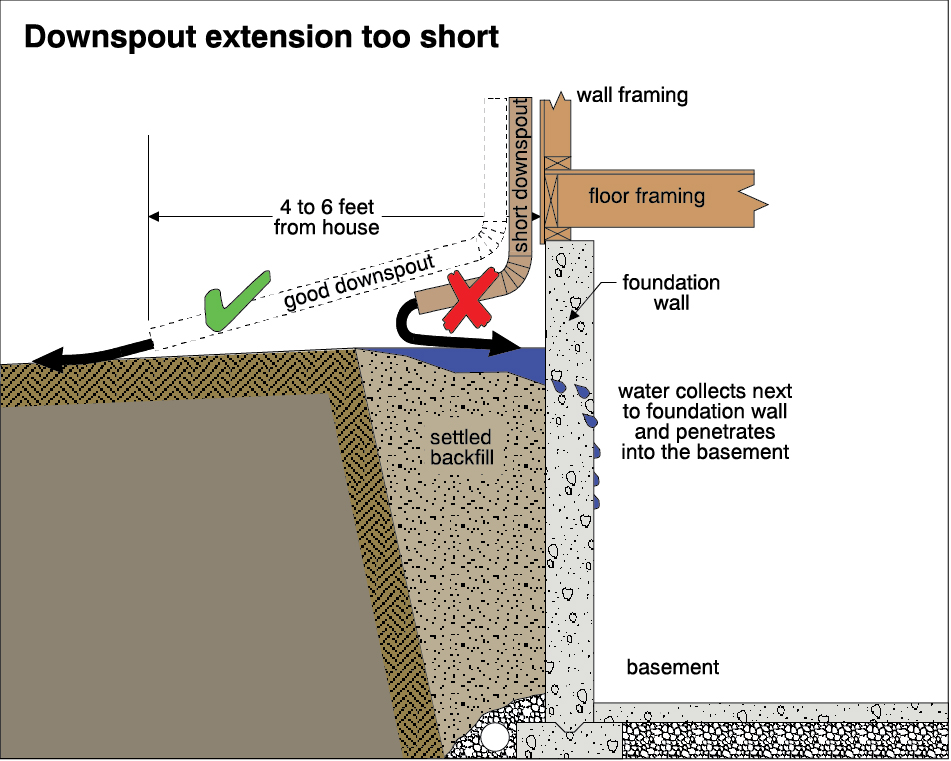 Spouts that don’t discharge far enough from foundation walls increase the chance of having flood issues in basement areas. This is a such an easy and cheap repair; I still don’t get it why some homeowners neglect it. Maybe they are just hoping nothing will ever happen.
Spouts that don’t discharge far enough from foundation walls increase the chance of having flood issues in basement areas. This is a such an easy and cheap repair; I still don’t get it why some homeowners neglect it. Maybe they are just hoping nothing will ever happen.
Wobbly ceiling fans
Fans shouldn’t wobble while operating. They can fall off and in some cases cause injury.
Lack of GFCI outlet installs
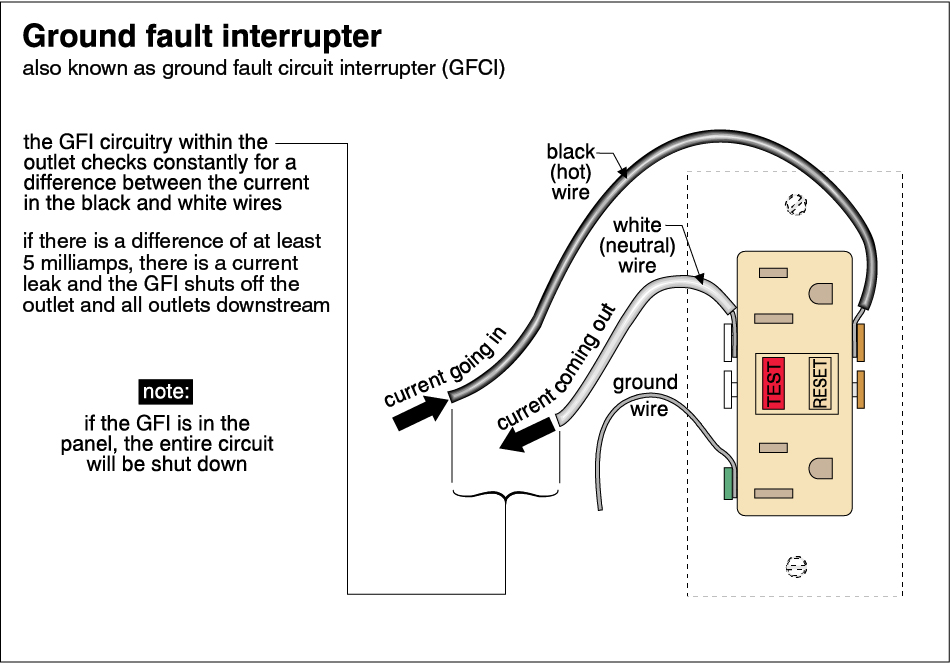 GFCI stands for (ground fault circuit interrupters) and should always be installed in kitchens, bathrooms, unfinished floor basement areas, garages, and exterior of homes. Now there are couple of exceptions that I’m not going to explain in full detail in this article as it will become too technical to understand. The purpose of a GFCI is to protect us from a dangerous fault caused by a defective appliance or a wiring defect. Although they are not expensive to replace individually, the cost can add up if there a lot of them missing. Just know that lack of these devices poses a safety risk to people.
GFCI stands for (ground fault circuit interrupters) and should always be installed in kitchens, bathrooms, unfinished floor basement areas, garages, and exterior of homes. Now there are couple of exceptions that I’m not going to explain in full detail in this article as it will become too technical to understand. The purpose of a GFCI is to protect us from a dangerous fault caused by a defective appliance or a wiring defect. Although they are not expensive to replace individually, the cost can add up if there a lot of them missing. Just know that lack of these devices poses a safety risk to people.
Missing garage door sensors
Garage doors should be equipped with photo sensors at each end of the door. The purpose of these safety devices is to ensure the door will reverse if someone is walking the door line while the door is closing. Photo sensors are especially important to keep children and pets safe.
Missing chimney rain cap protection
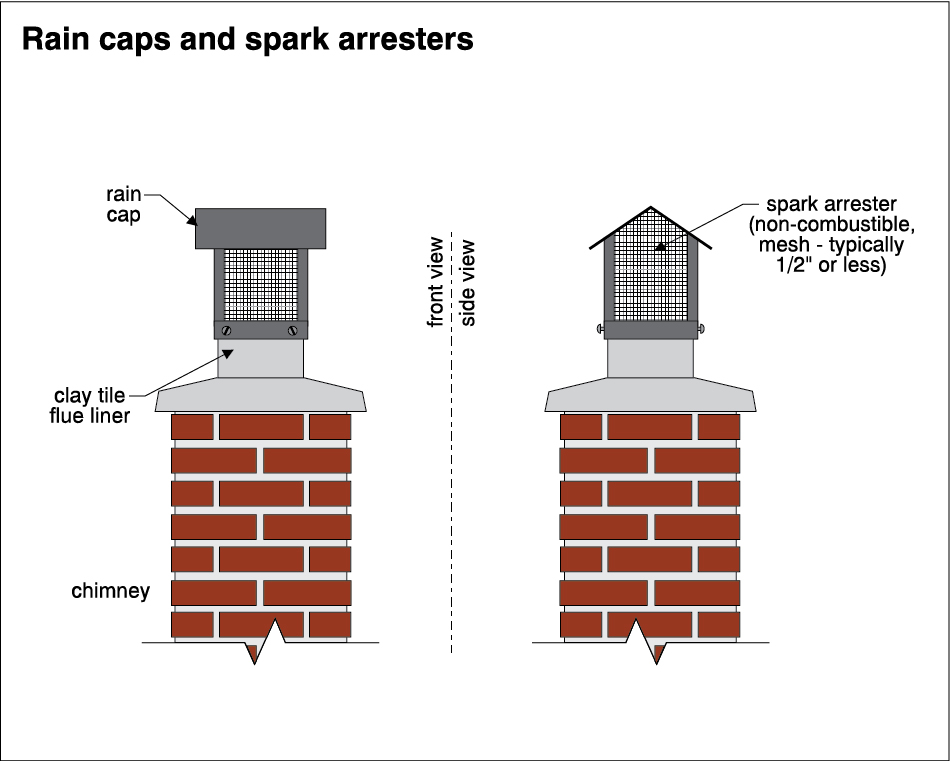 Chimneys that have no cap allow rain to deteriorate the chimney interior. They are also good to keep animals such as raccoons from falling through the chimney and get stuck or scare you. Only Santa should be allowed to intrude our homes as long as he leaves us good presents. Otherwise, I would call the cops.
Chimneys that have no cap allow rain to deteriorate the chimney interior. They are also good to keep animals such as raccoons from falling through the chimney and get stuck or scare you. Only Santa should be allowed to intrude our homes as long as he leaves us good presents. Otherwise, I would call the cops.
Poor paint coatings
Poorly painted exterior wood trim around doors and windows is just a sure way to cause wood rot. If not taken care of, then repairing will be more expensive than just replacing a board.
Negative grading
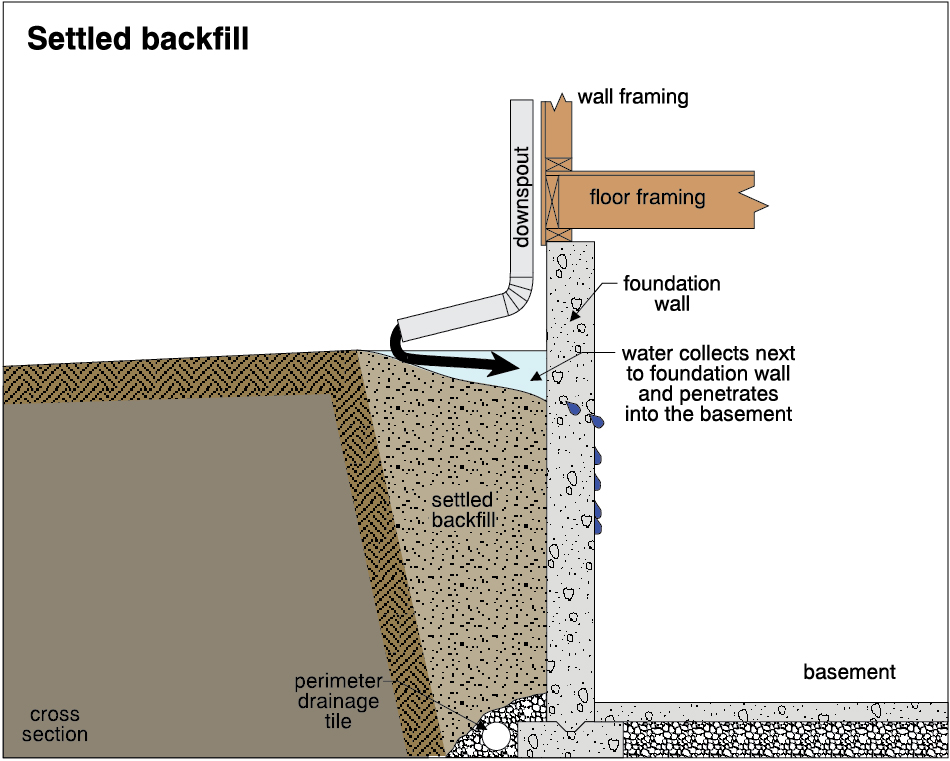 Negative grading increases the chance of water intrusion. The landscape or exterior surfaces would need to be properly sloped so rainwater is diverted away from the foundation.
Negative grading increases the chance of water intrusion. The landscape or exterior surfaces would need to be properly sloped so rainwater is diverted away from the foundation.
There are a lot of defects that can be present and the best thing you can do is hire an inspector before purchasing a home. The defects I describe above is a short list and all you need is your eyes to catch them. There is nothing wrong with getting knowledge when it comes to home buying and if you spotted all these defects in a single property expect more to come during the inspection process.


